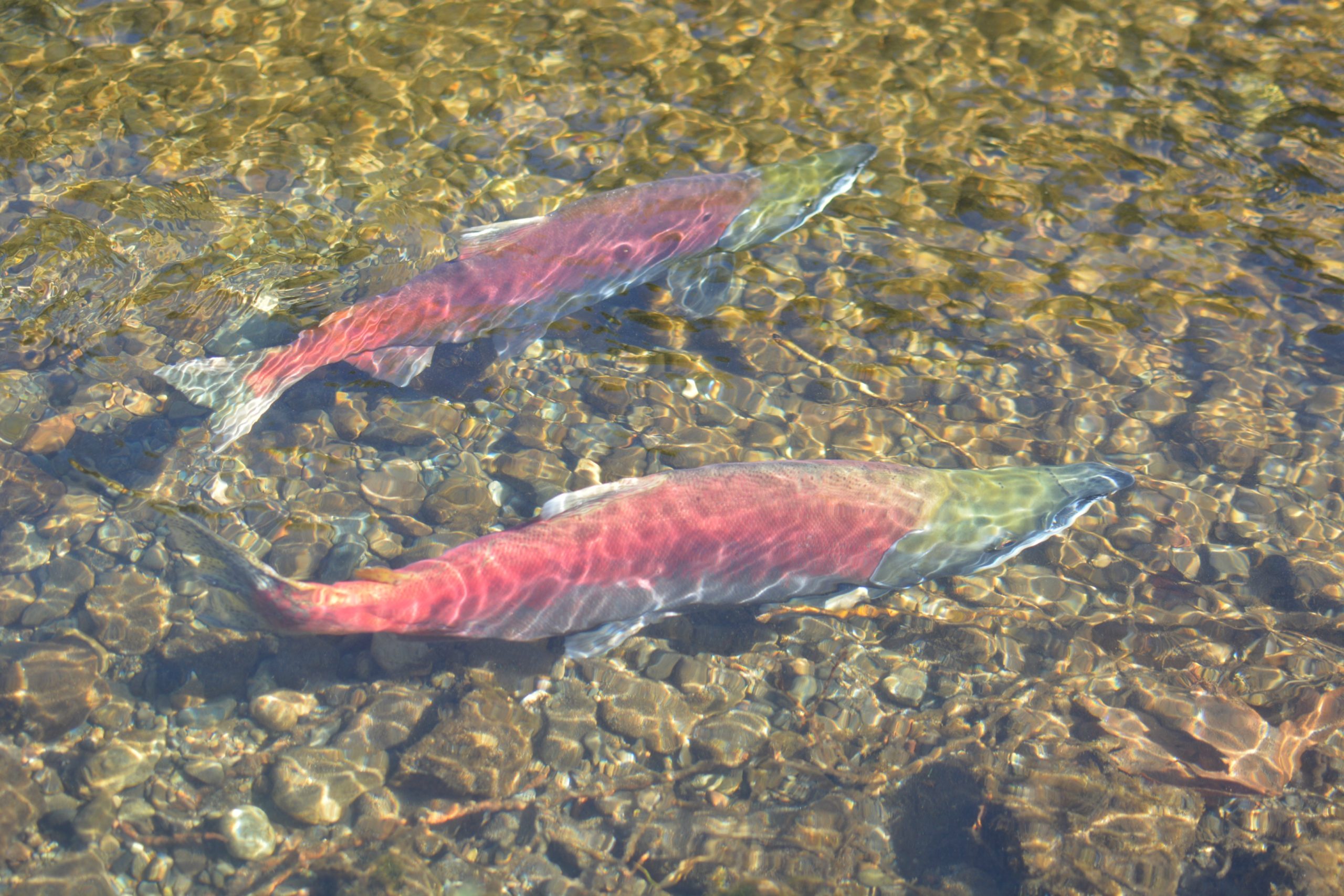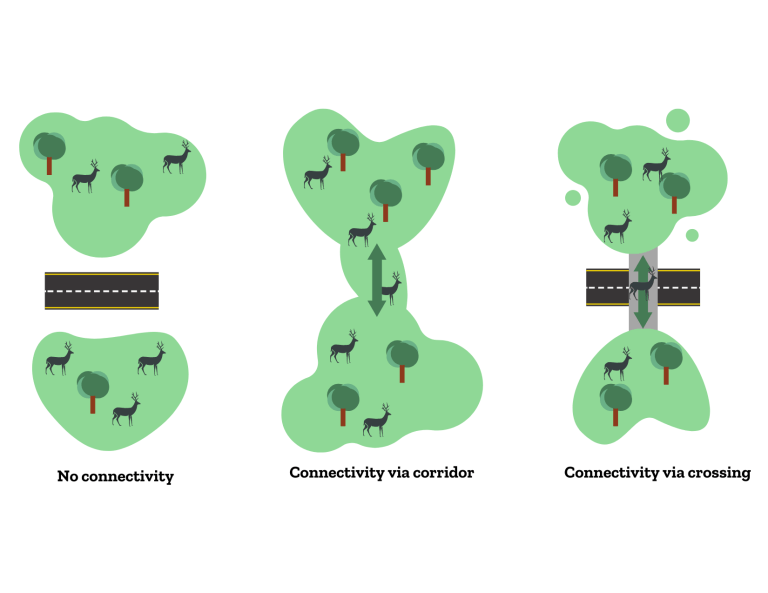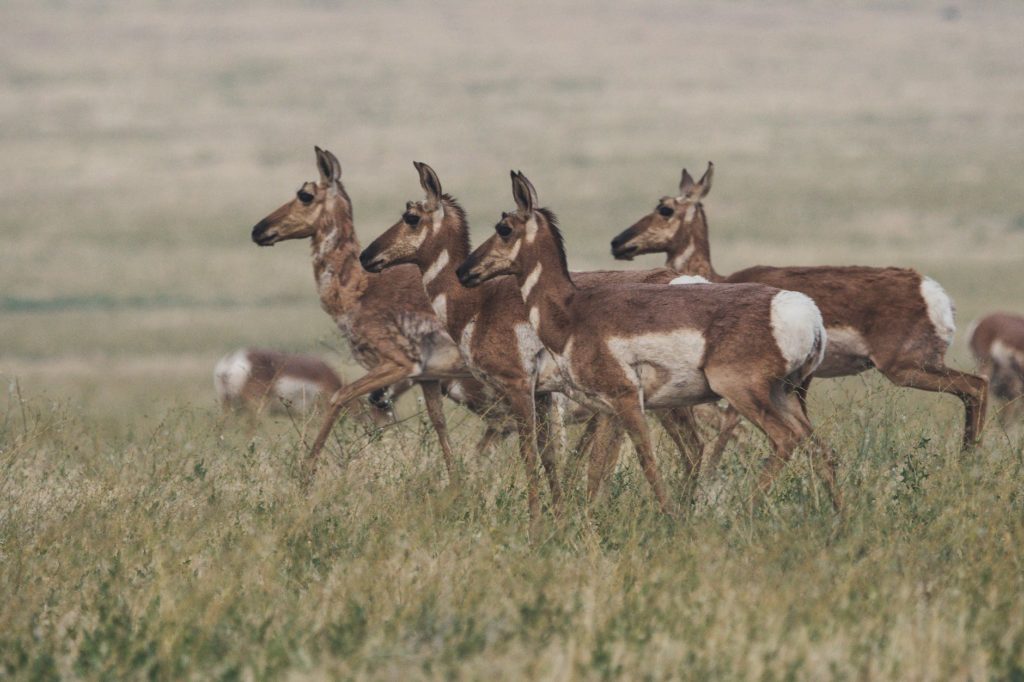On July 29th, the U.S. Senate Committee on Indian Affairs (Committee) passed the Tribal Wildlife Corridors Act (TWCA or S. 2891), which outlines a procedure for establishing official wildlife corridors on tribal lands.
The Committee’s vote last week marks an important step forward for TWCA, which honors the important role that tribes and tribal lands play in safeguarding the nation’s rich biodiversity and wildlife heritage.

How It Would Work
In November of 2019, U.S. Senator Tom Udall (D-N.M.), vice chairman of the Committee, introduced the legislation. “The intent of my bill is to build on the growing consensus that wildlife corridors provide protection to migrating native species, protect human health and safety, and prevent property damage from animal-vehicle collisions,” the senator said during last week’s vote.
Under the bill, the U.S. Department of the Interior (which includes agencies like the Fish and Wildlife Service, the National Park Service, the Bureau of Land Management, and the Bureau of Indian Affairs) would provide technical assistance to tribes to identify and manage established wildlife corridors.
The bill would also:
- Outline a process by which the U.S. Department of Agriculture would prioritize conservation program funding applications for projects that would expand Tribal Wildlife Corridors.
- Direct federal natural resource agencies to coordinate with tribes during land use planning to improve connectivity between a Tribal Wildlife Corridor and adjacent public lands, including identifying potential opportunities to expand wildlife corridors onto adjacent public lands, if appropriate.
- Establish a federal grant program to provide funding for tribal projects that improve habitat connectivity through Tribal Wildlife Corridors.
Next Steps
Before becoming law, the bill must be approved by the full Senate and the U.S. House of Representatives. However, gaining the bipartisan approval of the Committee is a major milestone for this landmark legislation, which supports tribes to identify, establish, and protect wildlife corridors on tribal lands.
Additional FAQ
What are wildlife corridors and why are they important?
Isolated patches of natural habitat are not enough for wildlife species to survive long term. In order to reach food, water, and mates, and to respond to seasonal weather changes, wildlife need to be able to move between landscapes.
Wildlife corridors are the natural paths animals use to move across landscapes, primarily between two different protected areas such as national parks or wilderness and other areas of intact habitat
When habitats are fragmented—by roads, human development, landscape alteration, or other causes—these corridors are severed, and wildlife cannot reach life-saving resources. This puts individual animals and entire species at risk. Indeed, a United Nations report released in 2019 warns that habitat fragmentation is a leading cause of the current extinction crisis.

What role do tribes play in protecting wildlife corridors?
Tribes play a critical role in protecting wildlife corridors. The lands and waters that tribes manage often serve as puzzle pieces that are essential to connecting wildlife habitat throughout an ecosystem. Creating wildlife corridors that are capable of effectively facilitating natural species movements at the appropriate ecological scale therefore requires tribes and federal agencies to work together closely.
The TWCA creates new opportunities for tribes to identify and protect wildlife corridors on reservations, and supports tribes in working with federal land managers to manage corridors that cross tribal and federal boundaries.
The bill also honors the historical and traditional ecological knowledge and life-ways of tribes and elevates the important–and too often undervalued–contribution of tribal communities to successful land and wildlife conservation. “Indigenous communities have long led by example when it comes to responsible and effective stewardship of our land and wildlife,” Representative Gallego highlighted upon introducing TWCA in the House (H.R. 5179). “It is past time to ensure that Tribes have the resources they need to protect wildlife migration and habitats on Tribal land. [The TWCA aims to] reaffirm this key aspect of Tribal sovereignty and improve federal support and coordination for the creation and maintenance of wildlife corridors in Indian Country.”
How might this bill support on-the-ground change?
Many tribes have expressed an eagerness to receive the resources that this bill would provide for improving habitat connectivity on tribal lands. One example is taking place in the Pueblo of Santa Ana, located in New Mexico. The Governor of the Pueblo of Santa Ana testified in support of the bill during a legislative hearing in March of 2020.
During his testimony, Governor Montoya described how the pueblo is attempting to protect a wildlife corridor on their land between the Jemez and Sandia Mountains. The pueblo’s Department of Natural Resources is working to restore and protect habitat in the Upper Rio Grande Basin to promote the natural migration of culturally and ecologically important species, such as mule deer, pronghorn, elk, black bear, and mountain lion. The Department is also radio collaring animals and installing camera traps in order to identify key wildlife movement pathways and obstacles.
However, this endeavor is challenging for an agency with limited staff capacity and resources. If the Pueblo could establish a Tribal Wildlife Corridor, the tribal government would be eligible to receive the financial and technical support necessary to effectively identify, protect, and restore this critical linkage area. Moreover, by promoting coordination between federal agencies and tribes, TWCA would facilitate collaborative efforts between the Pueblo of Santa Ana, the U.S. Forest Service, and the Bureau of Land Management to improve habitat connectivity at the landscape scale.
Looking Ahead
The Committee’s vote in favor of TWCA advances legislation that will improve habitat connectivity and positions tribes at the center of pioneering efforts to establish nationally-recognized wildlife corridors. As Senator Udall remarked during the hearing last week:
“The Tribal Wildlife Corridors Act would assist tribal communities in their efforts to maintain, enhance, and restore historical habitat in order to preserve native wildlife, fish and plant species. This voluntary program will encourage the management of tribal lands to facilitate native species movement and prevent the imposition of barriers that threaten their existence.”
Additional Resources
- Udall, Gallego Introduce Tribal Wildlife Corridors Act of 2019
- S.2891 – Tribal Wildlife Corridors Act of 2019
For more information contact Anna Wearn, Conservation Policy Analyst, at anna@largelandscapes.org
Photo, top: Pronghorn – Brett Sayles



